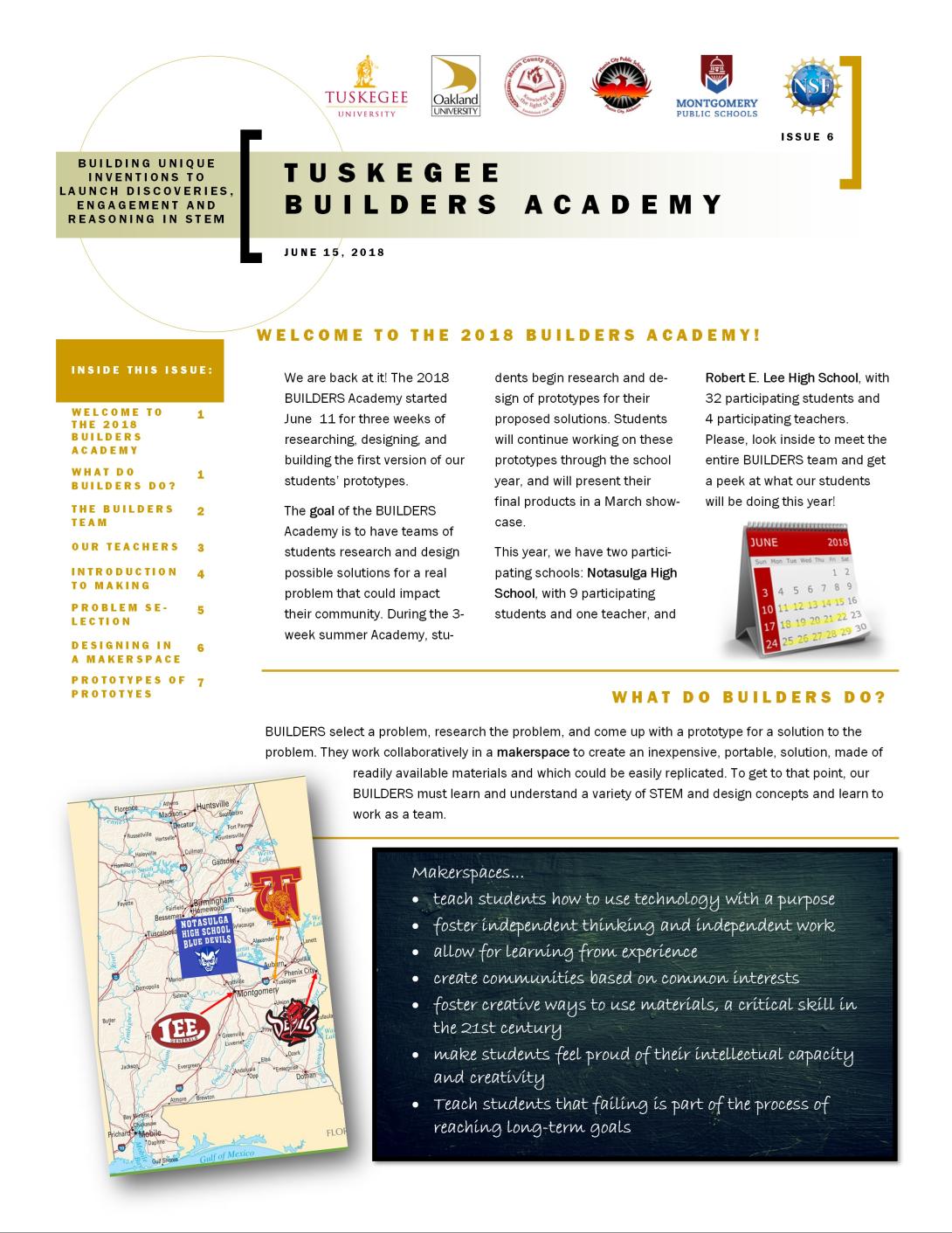Resources included in these libraries were submitted by ITEST projects or STELAR and are relevant to the work of the NSF ITEST Program. PDFs and/or URLs to the original resource are included in the resource description whenever possible. In some cases, full text publications are located behind publishers’ paywalls and a fee or membership to the third party site may be required for access. Permission for use must be requested through the publisher or author listed in each entry.
Exploring the Engineering Design Process Through Computer-Aided Design and 3-D Printing
PublicationThis publication reports on how to use engineering design to solve problems by students in Grade 6-8. It is approximately $25 per class (if you already own a 3-D printer).
Engagement Observation Protocol
InstrumentsThis observation protocol is used by a trained observer to score an individual’s engagement in a science learning experience.
Engagement Survey
InstrumentsThe Engagement survey was written for use with 10-14 year-old respondents immediately after a science activity, whether in a class or in an informal learning context. Such contextualized and immediate use minimizes memory biases or inferences based on beliefs the learner has about themselves or the learning context. Accordingly, it should be used after a focused science activity rather than as a measure of general engagement over a series of activities. No particular assumptions are made about task structure (e.g., brief or extended, alone or collaborative, adult guided or student guided)
STEM Learning Activation survey
InstrumentsDesigned to be used with 10-14 year olds, these survey scales are used to assess an individual across multiple dimensions of STEM learning activation (Fascination, Values, Competency Belief, Innovation Stance). Please note that these can be used in conjunction with the scientific sensemaking scale included in Science Learning Activation survey. These scales can be used concurrently to measure the multi-dimensional construct of STEM learning activation or separately to measure individual dimensions. 1. Fascination - Fascination involves positive affect towards doing STEM activities, curiosity
Career Maturity Inventory Form C
InstrumentsIt is a 24-item scale that measures change along four scales of student career awareness and planning, along with open-response items about specific schooling intentions and career aspirations. Four scales are Concern, Curiosity, Confidence, and Consultation.
Measuring Cognitive and Psychological Engagement: Validation of the Student Engagement Instrument
InstrumentsA review of relevant literatures led to the construction of a self-report instrument designed to measure two subtypes of student engagement with school: cognitive and psychological engagement. The psychometric properties of this measure, the Student Engagement Instrument (SEI), were assessed based on responses of an ethnically and economically diverse urban sample of 1931 ninth grade students. Factor structures were obtained using exploratory factor analyses (EFAs) on half of the dataset, with model fit examined using confirmatory factor analyses (CFAs) on the other half of the dataset. The
Style Engineers
Curricular MaterialsStyle Engineers is a program designed for young girls who love fashion as much as we do! We think the real magic of fashion is how science, technology, engineering, and mathematicsare part of the process of fashion design. On this site, you will find a series of activities designed to explore the science and technology of fashion.
A School Connectedness Scale for Use with Adolescents
InstrumentsEvaluators are frequently asked to assess the effectiveness of school programs implemented to improve academic achievement. School connectedness has been shown to be directly related to academic achievement and is therefore of interest to evaluators. The construct of school connectedness has been shown to consist of 3 elements: connectedness to adults in schools, connectedness to peers, and connectedness to the school. This paper reports the psychometric properties and factor analyses findings from a School Connectedness Scale (SCS) given to adolescents in 2 very different high schools in the
BUILDERS Academy Newsletter (Issue 6)
Publication
Newsletter highlighting the activities of the first week of the 2018 BUILDERS Academy.
Barcoding Life's Matrix: Engaging Students as Citizen Scientists in the Barcode of Life Initiative
PublicationDiscovery-based science education represents a structured alternative to open-ended forms of hands-on inquiry that is now being employed in a number of secondary and post-secondary settings to address science education reform agendas. In the context of molecular life science education, this particular form of instruction links domain knowledge, laboratory methods, and bioinformatics (or computational biology) within the framework of a complete and integrated analytic workflow that culminates in a tangible scientific output and a bona fide contribution to a particular body of scientific